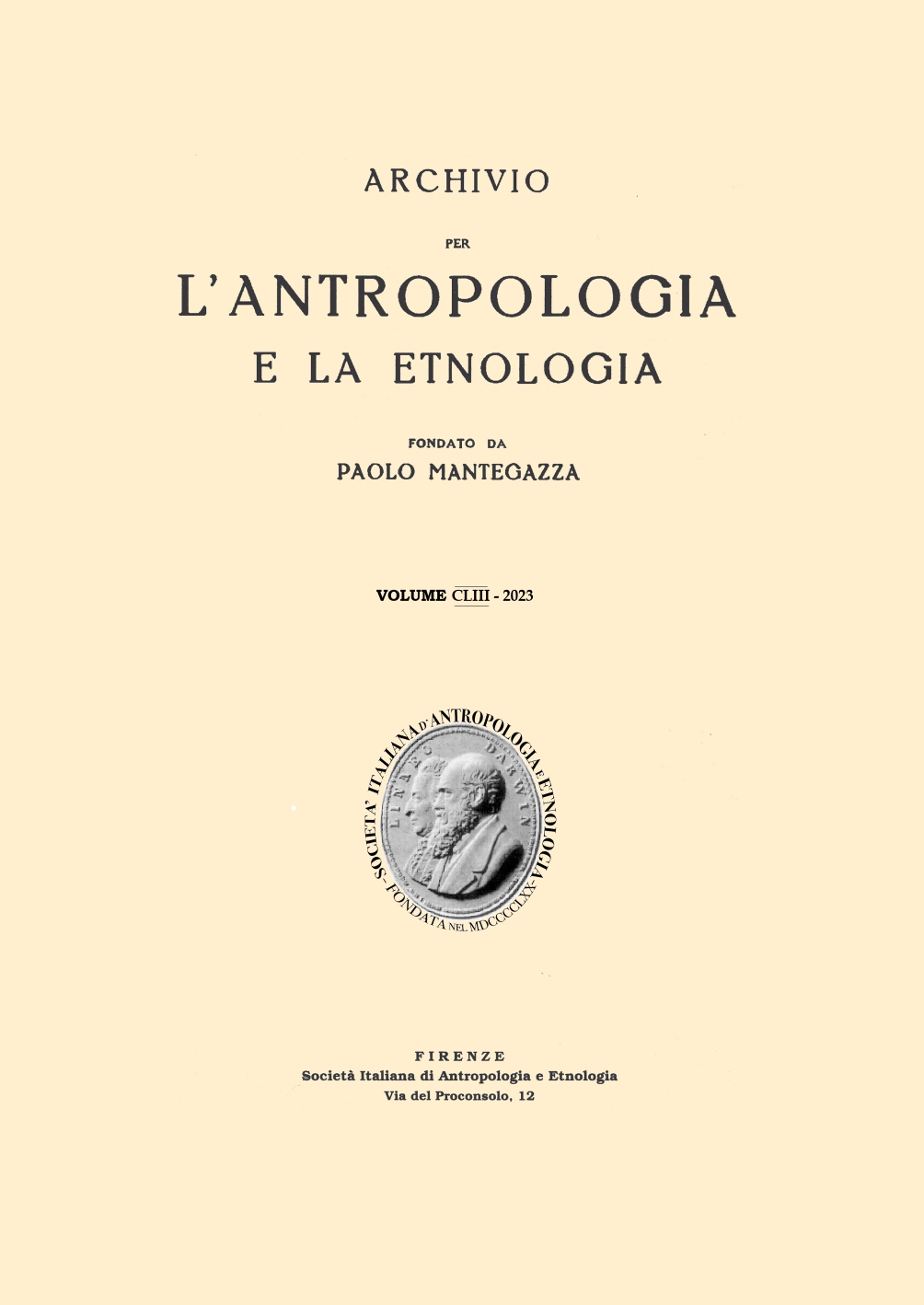The postmortem fate of osteometric measurements: taphonomic alteration of landmarks and its implication for biological profiling

Published 2023-11-01
Keywords
- forensic anthropology,
- osteometry,
- taphonomy,
- postmortem trauma
How to Cite
Copyright (c) 2023 Matteo Borrini, Piero Mannucci, Satu Valoriani, GianPaolo Scalia Tomba

This work is licensed under a Creative Commons Attribution 4.0 International License.
Abstract
The aim of this research was to identify the measurements that are most frequently retrieved from buried skeletal remains to create the most applicable discriminant functions for osteometric assessments. The study sample was composed of 644 adult skeletons from IV-III BC Italy (Pontecagnano). All burials were in the supine position and individuals were buried either directly in the ground or in large stone coffins. The burial context did not present any environmental conditions that could have a detrimental effect on bone
preservation either in general or differentially between anatomical regions. Due to its complexity, the skull was divided in different regions (two macro areas and five regions, plus the mandible), while the long bones and scapula were examined as anatomical units. The results show that cranial measurements cannot be reliably used for anthropological analyses, as main landmarks are frequently affected by taphonomic factors. Given the higher frequency of their preservation, postcranial measurements are more appropriate for the creation of usable discriminant functions for the construction of biological profiles.
